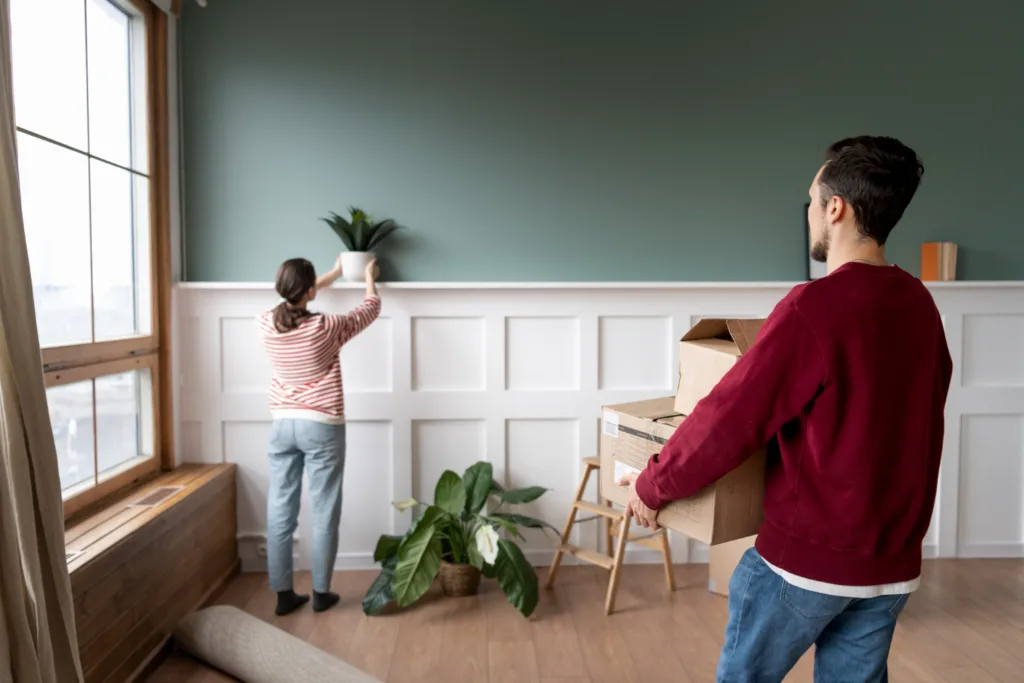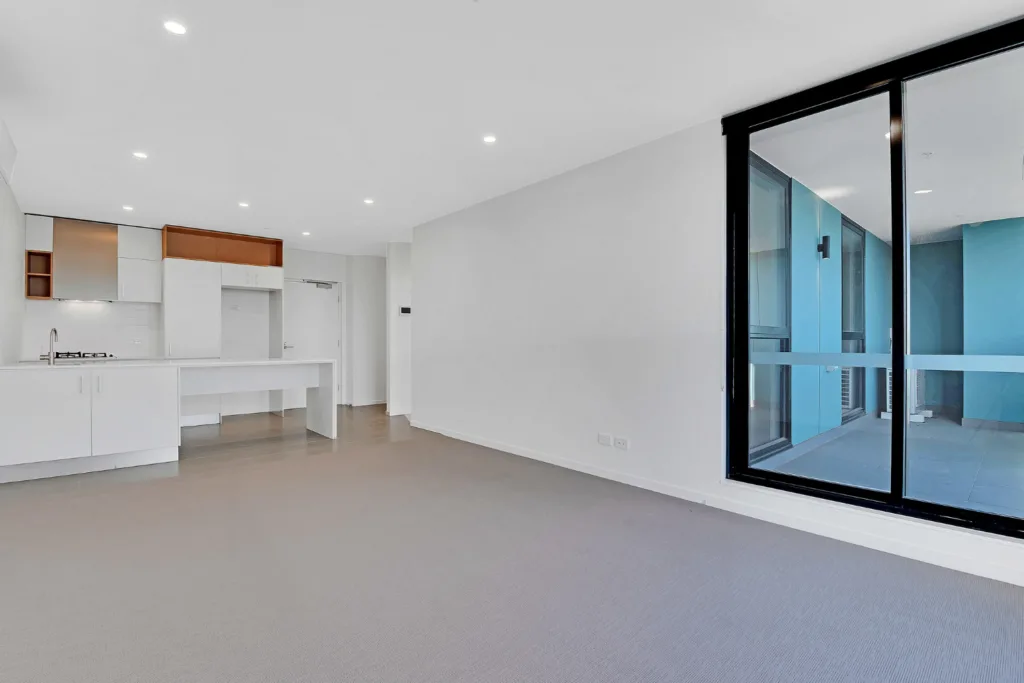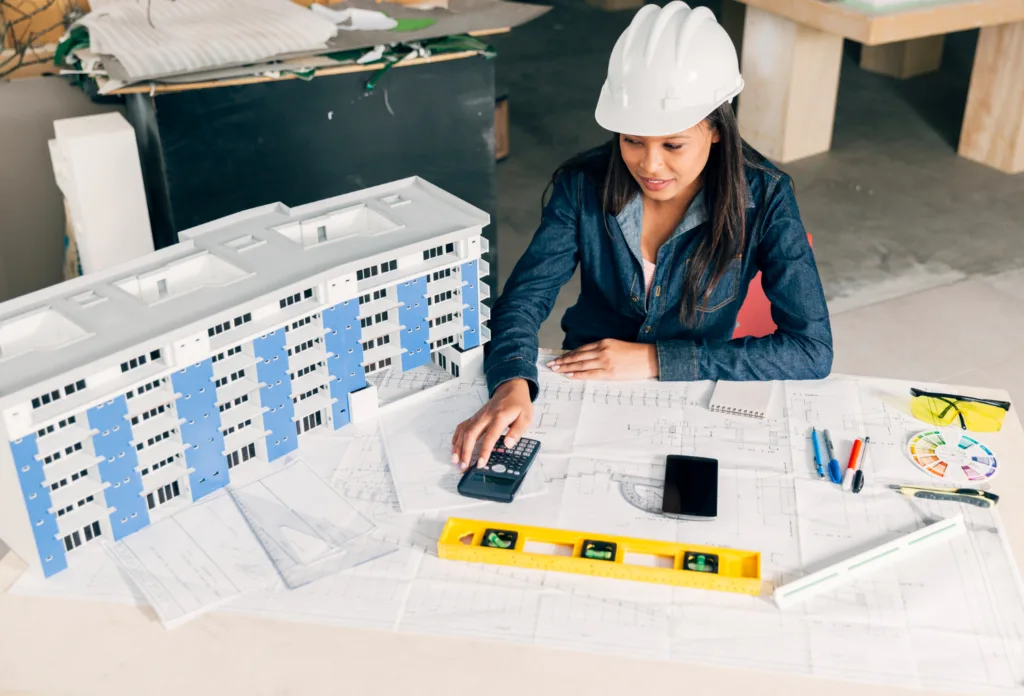
Are you feeling cramped in your current living space? Do you long for an extra room to accommodate your growing family or to create a special place for your hobbies? If you’re a homeowner in Livermore, California, room addition might just be the solution you’re looking for. This comprehensive guide will explore the benefits of room additions and how they can not only elevate your home but also enhance your lifestyle.
The Appeal of Room Additions in Livermore
Livermore, with its charming wineries and vibrant community, is a place many are proud to call home. However, as families grow and need change, the space within a home can become limited. Moving is an option, but it’s not always the most attractive one, especially if you love your neighborhood and the memories you’ve created in your current home. This is where room additions come in as a perfect alternative.
Understanding Room Additions
Room additions are exactly what they sound like — adding new rooms or spaces to your existing home. This could be anything from a new bedroom, bathroom, home office, extended kitchen, or even a sunroom. Room additions can vary greatly in scale and complexity, from a simple bump-out to a multi-story addition.
Types of Room Additions

Room additions are a popular way to increase living space and add value to a home. These additions come in various forms, each serving different needs and preferences. Here’s an expanded look at the types of room additions:
Conventional House Extension
This is a significant renovation project that involves constructing a new multi-room structure onto the side or back of a home. It is designed to blend seamlessly with the existing architecture, creating a unified look.
Conventional extensions can serve various purposes, such as adding a new living room, dining area, additional bedrooms, or even an expanded kitchen. This type of addition is permanently open to the main house, effectively increasing the square footage and functional space of the home.
Room Bump Out
Unlike a full-scale extension, a bump out is a smaller addition that extends an existing room. It’s a cost-effective solution for homeowners who need a bit more space but don’t require a whole new room.
This could be the addition of a few feet to a kitchen to accommodate a new island, expanding a bathroom to include a soaking tub, or creating a cozy window seat in a living room. Although smaller in scale, bump-outs significantly enhance the usability and comfort of a space.
Sunrooms
Sunrooms, also known as solariums, are glass-enclosed living spaces that can be attached to the house or built separately. They are designed to allow ample sunlight to enter the room, providing a warm, natural light-filled space that can be enjoyed year-round.
Sunrooms are typically made from pre-fabricated materials and glass, and they can serve various purposes, such as a lounge area, plant conservatory, or informal dining space. They offer the benefit of enjoying the surrounding landscape while being sheltered from adverse weather conditions.
Garage Conversion
Converting a garage into a living space is a creative way to utilize existing square footage without building a new structure. With this kind of addition, a garage that isn’t being used can be turned into a useful living space, like a bedroom, home office, living room, or even a small apartment.
Garage conversions require careful planning to ensure the space is comfortable, meets building codes, and includes necessary amenities like insulation, heating, and proper ventilation. This option is particularly appealing for those seeking an in-law suite or a space to rent out for additional income.
Why Consider a Room Addition?
- Space: The most obvious benefit is more space. A room addition can provide that much-needed extra room that a family needs as it grows.
- Customization: A room addition can be customized to fit your specific needs and desires, whether it’s a home theater, a personal gym, or a home office.
- Value: Adding a room can significantly increase the value of your home, making it a wise investment for the future.
- Comfort: Expanding your living space can improve comfort by reducing the clutter and giving everyone a bit more room to breathe.
- Cost-Effective: It can be more cost-effective than moving, especially when considering the current real estate market in Livermore.
Planning Your Room Addition in Livermore

Before diving into a room addition, proper planning is essential. This means considering zoning laws, the structure of your current home, and your budget.
Zoning Laws and Permits
Livermore has specific zoning laws that dictate what can and cannot be done when it comes to home expansions. Before starting your project, you’ll need to apply for the necessary permits from the City of Livermore. This will typically involve submitting detailed plans and may require inspections throughout the construction process.
Assessing Your Home's Structure
Your current home’s structure will determine what kind of room addition is possible. It’s important to consult with a professional to understand the implications of adding to your home and how it may affect your property as a whole.
Designing Your Space
When designing your room addition, consider how the space will be used and how it will flow with the rest of your home. Think about details like windows, lighting, and storage. It’s also important to consider how the addition will look from the outside to ensure it complements your home’s existing style.
Setting a Budget
Room additions can be costly, so setting a budget is crucial. Be sure to factor in not just the construction costs, but also any additional expenses such as furniture, decorations, and unforeseen costs that may arise during the building process.
The Construction Process

The construction process for a room addition is a comprehensive project that involves multiple steps, each critical to the success of the build. Here’s a more detailed explanation of each phase:
1. Design
This initial step involves conceptualizing and planning the addition. Working with an architect or a designer, you’ll create detailed plans that reflect your vision while adhering to local building codes and regulations. This phase includes deciding on the room’s size, layout, and features, ensuring the new addition will seamlessly integrate with the existing structure.
2. Permitting
Once the design is finalized, the plans are submitted to the local government for review. This step ensures that the proposed construction meets all zoning laws, building codes, and regulations. Obtaining the necessary permits is crucial before any construction begins, as it legally authorizes the project.
3. Preparation
Preparation involves readying the site for construction. This step may require demolition of existing structures, removal of debris, or excavation to create a stable base for the foundation. It’s about clearing and preparing the ground, ensuring a safe and efficient construction environment.
4. Foundation
The foundation is the structural base that supports the addition. Depending on the design and soil conditions, this could involve pouring a concrete slab, creating a crawl space, or building a full basement. The foundation must be properly laid to ensure the stability and durability of the new structure.
5. Framing
Framing is the process of constructing the skeletal structure of the addition. This phase defines the room’s shape, size, and layout, using materials like wood or steel. The frame serves as the backbone of the addition, supporting walls, roofs, and floors.
6. Exterior Work
Once the frame is up, the next step is to work on the exterior. This includes installing the roof, siding, and windows. These elements protect the interior from weather and help define the addition’s aesthetic appeal.
7. Interior Work
Interior work involves installing insulation, drywall, flooring, and internal finishes. This phase transforms the structure from a skeletal frame to a space that’s ready for use. Insulation is crucial for energy efficiency, while drywall and flooring begin to define the room’s character.
8. Systems
Installing essential systems such as electrical, plumbing, and HVAC is vital for the functionality of the addition. This step involves careful planning to ensure that these systems are integrated seamlessly with the existing home’s infrastructure, providing comfort and utility.
9. Final Touches
The last phase of construction focuses on painting, installing fixtures, and completing any final carpentry work. These finishing touches are what truly bring the space to life, reflecting personal style and making the addition ready for use.
Each of these steps involves careful planning, coordination, and execution to ensure the addition not only meets the homeowner’s needs but also complies with all relevant codes and standards, ensuring safety and durability.
Interior Design and Decor
Once the structure is up, it’s time to think about the interior. This is where you can make the space your own. Whether you’re going for a modern, minimalist look or a cozy, traditional feel, the design elements you choose will give your room additional character and warmth.
Consider hiring an interior designer to help you make selections that fit your style and budget. They can provide valuable insights into trends, colors, and furnishings that will make your new space feel like a seamless part of your home.
The Value of a Professional Builder
Room additions are complex projects that require a variety of skills, from design to construction to finishing. Hiring a professional builder with experience in Livermore room additions is essential. They will be able to handle all aspects of the project, from obtaining permits to ensuring that the new structure is up to code.
A good builder will also be able to provide you with a realistic timeline and budget and keep you informed throughout the construction process. They should have a portfolio of completed projects and references from satisfied customers.
Choosing Livermore ADU Builder & Room Addition

When it comes to selecting a builder for your room addition in Livermore, you want a company that understands the local area, and building codes, and has a track record of successful projects. Livermore ADU Builder & Room Addition is a local leader in home renovations and additions.
With years of experience in the Livermore area, we specialize in creating beautiful, functional spaces that homeowners love. Our team is dedicated to quality craftsmanship and customer satisfaction. We work closely with our clients to bring their vision to life while staying within budget and on schedule.
Conclusion
A room addition can transform your living space and your life. It provides the extra room you need to live comfortably and adds value to your home. The process requires careful planning, design, and execution, and it’s important to be prepared for the challenges that come with it.
For homeowners in Livermore, CA, who are considering a room addition, partnering with a professional builder like Livermore ADU Builder & Room Addition can ensure that your project is a success. Our team of experts is here to guide you through every step of the process, from the initial design to the final touches.
If you’re ready to elevate your home and your lifestyle with a room addition, contact us to discuss your project and see how we can help you create the space of your dreams.

